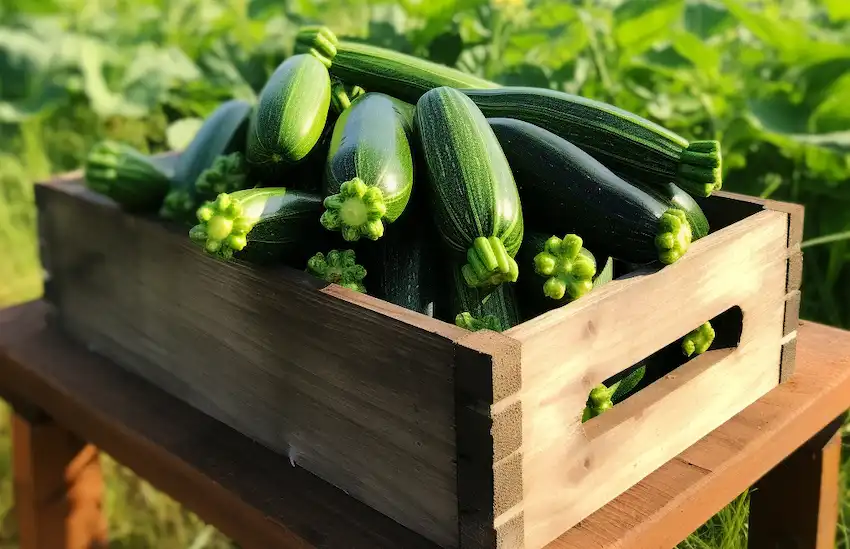Mastering Vertical Zucchini Gardening: A Comprehensive Guide
Zucchini, a prolific summer squash, is a favorite among gardeners for its versatility and abundance. Traditional zucchini cultivation requires ample ground space to accommodate its sprawling nature. However, with the advent of vertical gardening techniques, even those with limited space can enjoy bountiful harvests. This comprehensive guide will walk you through the process of growing zucchini vertically, detailing the steps and benefits of this innovative gardening approach.
Benefits of Growing Zucchini Vertically
- Space Efficiency: Vertical gardening is a game-changer for those with limited garden space. It allows you to grow more in a smaller area, maximizing your gardening potential.
- Improved Air Circulation and Sunlight Exposure: Vertical growth ensures better airflow and sunlight distribution, crucial elements for healthy plant development and disease prevention.
- Ease of Harvesting: Vertical structures make it easier to spot and harvest zucchini, reducing the chances of overgrowth and waste.
- Reduced Pest and Soil Disease Exposure: Elevating zucchini plants off the ground minimizes their exposure to soil-borne diseases and pests, promoting a healthier and more robust crop.

Step-by-Step Guide to Growing Zucchini Vertically
Step 1: Choosing the Right Variety
Select bush or compact varieties of zucchini that are more suited to vertical growth. Varieties like ‘Black Forest’ or ‘Eight Ball’ are known for their suitability for confined spaces.
Step 2: Setting Up the Vertical Structure
- Select a Structure: Common options include sturdy trellises, cages, or even a simple setup of strong poles and netting. Ensure the structure is secure and can support the weight of growing zucchini plants.
- Positioning: Place the structure in a part of your garden that receives at least 6 to 8 hours of sunlight daily. Ensure it’s stable and firmly anchored in the ground to withstand wind and the weight of the plants.
Step 3: Planting
- Soil Preparation: Use well-draining soil rich in organic matter. Ensure the pH level of the soil is between 6.0 and 7.5 for optimal growth.
- Sowing Seeds or Planting Seedlings: Plant zucchini seeds or seedlings at the base of your vertical structure. If using seeds, plant them about an inch deep and water them thoroughly. For seedlings, ensure the root ball is placed well into the soil and is not exposed.
Step 4: Training the Plants
- Guiding Growth: As the zucchini plants grow, gently guide them to the vertical structure. Secure the stems to the structure loosely using soft ties or twine. Ensure not to constrict the stems, as this can hinder growth and fruit production.
- Pruning: Regularly prune the lateral (side) branches to encourage upward growth. Focus the plant’s energy on vertical growth and fruit production rather than sprawling sideways.
Step 5: Maintenance
- Watering: Provide consistent moisture, especially during dry spells. However, avoid overwatering, as zucchini is susceptible to root rot.
- Fertilization: Use a balanced, all-purpose fertilizer to nourish your zucchini plants. Compost or well-rotted manure can also provide essential nutrients.
- Pest and Disease Monitoring: Keep an eye out for common pests like squash bugs or diseases like powdery mildew. Address any issues promptly to prevent spread.
Step 6: Harvesting
Harvest zucchini when they are small to medium in size (around 6 to 8 inches long). Regular harvesting encourages the plants to produce more fruit throughout the season.

Growing zucchini vertically is an enriching and productive endeavor that brings numerous benefits, from space-saving in your garden to enjoying healthier plants and a more abundant harvest. By following these detailed steps and providing consistent care, you can reap the rewards of this vertical gardening method and enjoy fresh, home-grown zucchini throughout the summer. Happy gardening!
Inspired by this? Share the article with your friends!


















